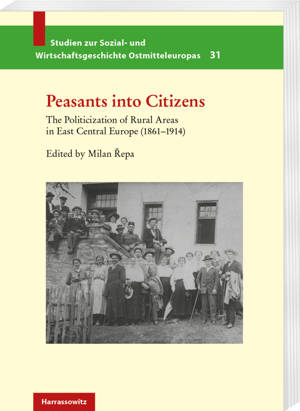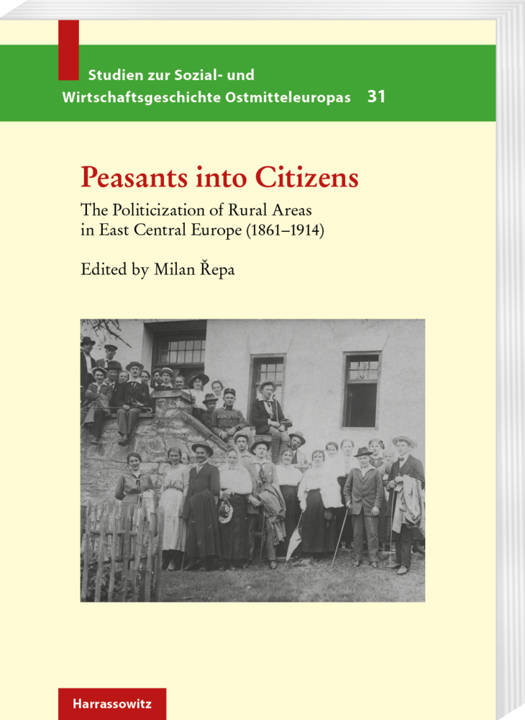
- Afhalen na 1 uur in een winkel met voorraad
- Gratis thuislevering in België vanaf € 30
- Ruim aanbod met 7 miljoen producten
- Afhalen na 1 uur in een winkel met voorraad
- Gratis thuislevering in België vanaf € 30
- Ruim aanbod met 7 miljoen producten
Zoeken
Peasants Into Citizens
The Politicisation of Rural Areas in Central Europe (1861-1914)
€ 69,95
+ 139 punten
Omschrijving
Peasants and Citizens explores the processes leading the rural populations of East Central Europe between the mid-nineteenth and early-twentieth centuries to participate in public affairs more actively, by employing a comparative perspective. Seven historians from Europe, the United States, and Japan investigate processes through which civic structures were created in rural areas in the second half of the nineteenth and the beginning of the twentieth centuries. The authors study the factors that led the peasants gain greater confidence in their social position and an interest in politics and detect three key agents of change in the countryside: national movements, agricultural associations, and the extension of the franchise. These contributions enable us to compare the different conditions leading to developments in the political life in various parts of East Central Europe. For example, while there had been universal male suffrage in Cisleithania since 1907, in Romania only six percent of adult men had a direct vote to the Chamber in 1911. The book extends the study of peasant politicization to territories that have remained rather neglected until now. This applies mainly to the Bohemian lands but also, to a certain extent, to Hungary and Romania. These new findings complement those from the longer tradition of research in this particular field, as in the case of Prussian Poland and Galicia.
Specificaties
Betrokkenen
- Uitgeverij:
Inhoud
- Aantal bladzijden:
- 166
- Taal:
- Engels
- Reeks:
- Reeksnummer:
- nr. 31
Eigenschappen
- Productcode (EAN):
- 9783447115179
- Verschijningsdatum:
- 5/11/2020
- Uitvoering:
- Paperback
- Formaat:
- Trade paperback (VS)
- Afmetingen:
- 156 mm x 12 mm
- Gewicht:
- 312 g

Alleen bij Standaard Boekhandel
+ 139 punten op je klantenkaart van Standaard Boekhandel
Beoordelingen
We publiceren alleen reviews die voldoen aan de voorwaarden voor reviews. Bekijk onze voorwaarden voor reviews.







